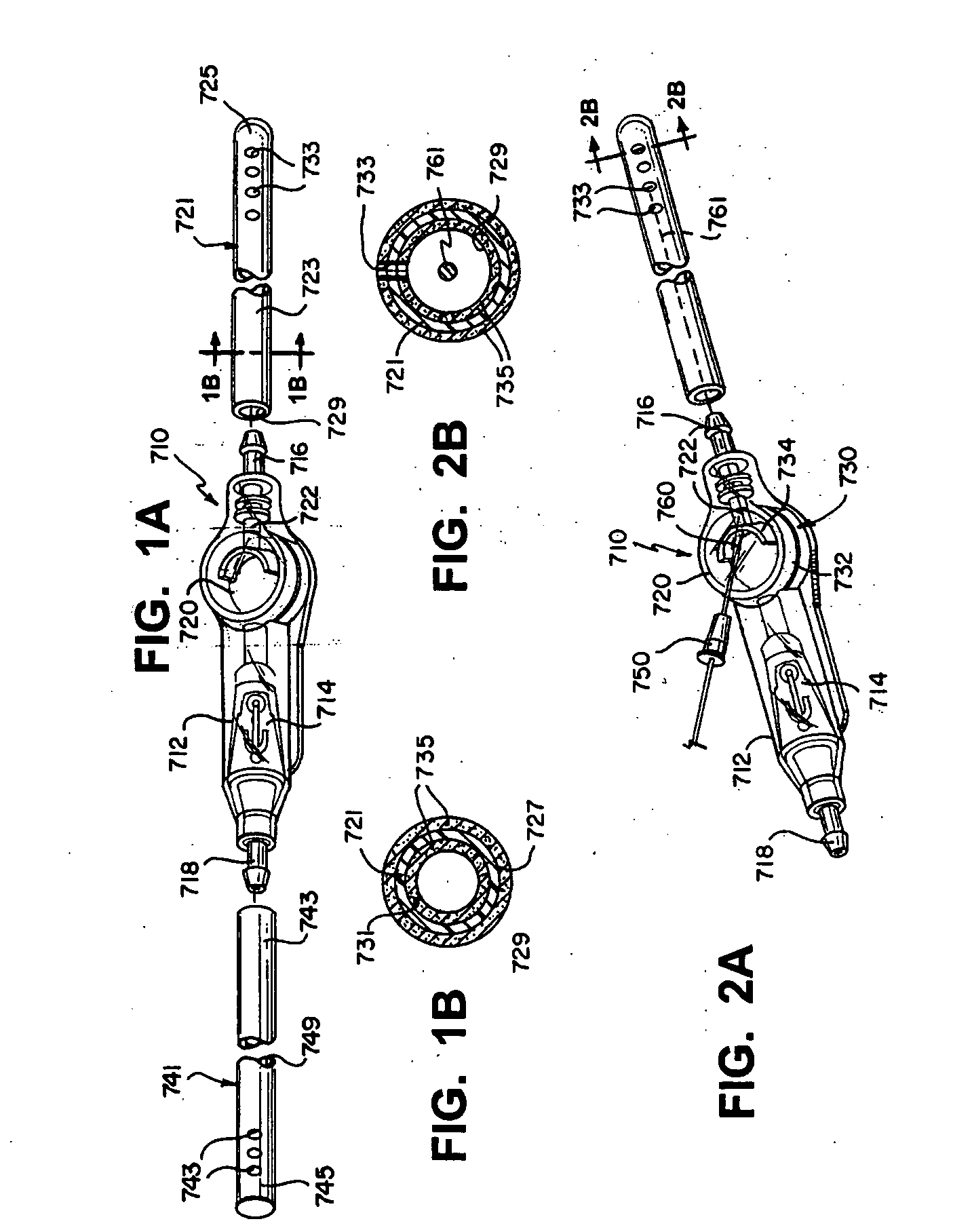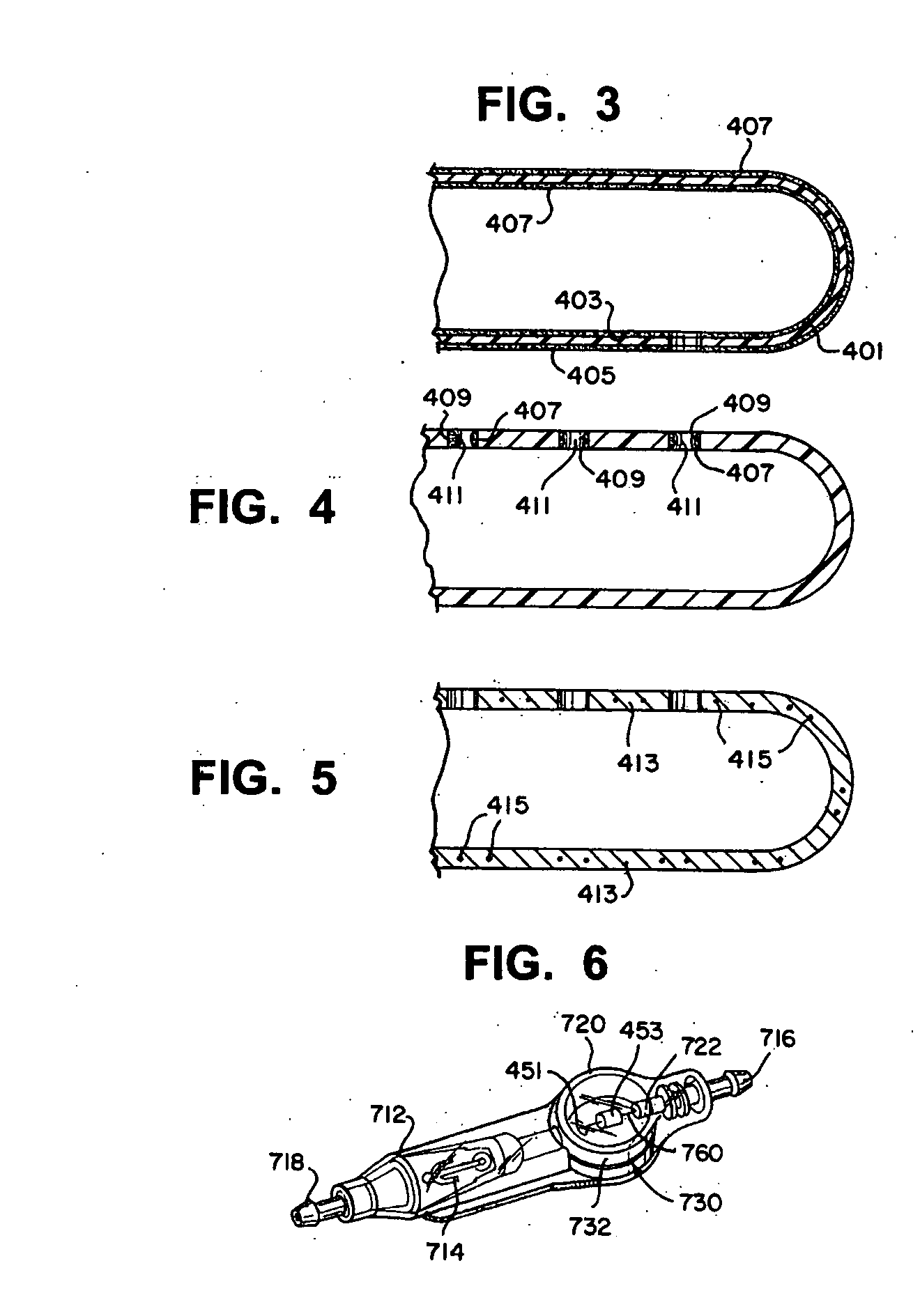Hydrocephalus shunt
a technology of hydrocephalus and shunt, which is applied in the field of hydrocephalus shunt, can solve the problems of subdural hematoma, impaired blood flow, and serious medical conditions, and achieve the effect of very rapid reaction
- Summary
- Abstract
- Description
- Claims
- Application Information
AI Technical Summary
Benefits of technology
Problems solved by technology
Method used
Image
Examples
Embodiment Construction
[0040] For the purposes of the present invention, “titanium dioxide” is also referred to as titania and TiO2. A “UV light source” includes any light source emitting light having a maximum energy wavelength of between about 0.1 nm and about 380 nm. A “UVC light source” includes any light source emitting light having a maximum energy wavelength of between about 0.1 nm and less than 290 nm. A “UVB light source” includes any light source emitting light having a maximum energy wavelength of between 290 nm and less than 320 nm. A “UVA light source” includes any light source emitting light having a maximum energy wavelength of between 320 nm and less than 380 nm. A “visible light source” includes any light source emitting light having a maximum energy wavelength of between 380 nm and less than 780 nm. A “infrared light source” includes any light source emitting light having a maximum energy wavelength of between 780 nm and less than one million nm. A “reactive oxygen species” includes hydr...
PUM
| Property | Measurement | Unit |
|---|---|---|
| angle | aaaaa | aaaaa |
| wavelengths | aaaaa | aaaaa |
| energy wavelength | aaaaa | aaaaa |
Abstract
Description
Claims
Application Information
 Login to View More
Login to View More - R&D
- Intellectual Property
- Life Sciences
- Materials
- Tech Scout
- Unparalleled Data Quality
- Higher Quality Content
- 60% Fewer Hallucinations
Browse by: Latest US Patents, China's latest patents, Technical Efficacy Thesaurus, Application Domain, Technology Topic, Popular Technical Reports.
© 2025 PatSnap. All rights reserved.Legal|Privacy policy|Modern Slavery Act Transparency Statement|Sitemap|About US| Contact US: help@patsnap.com



